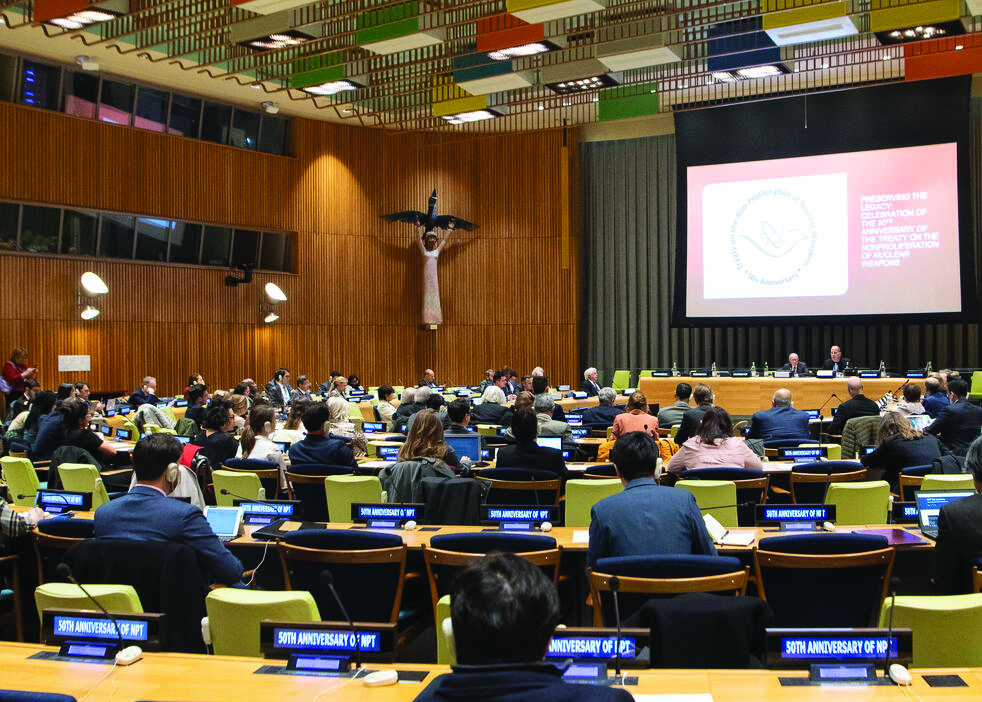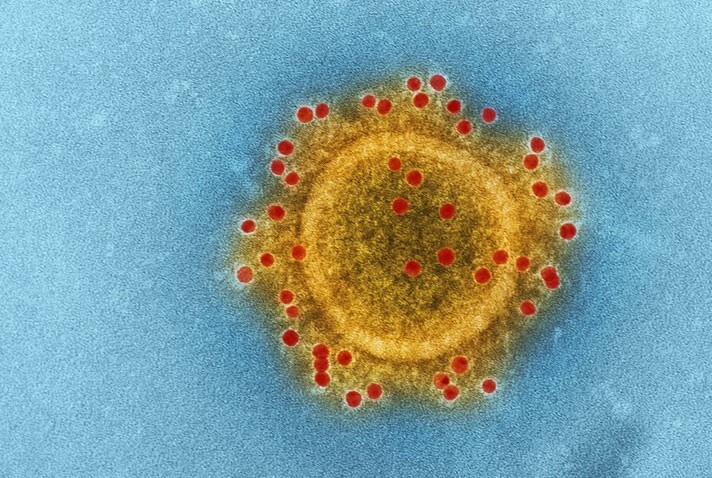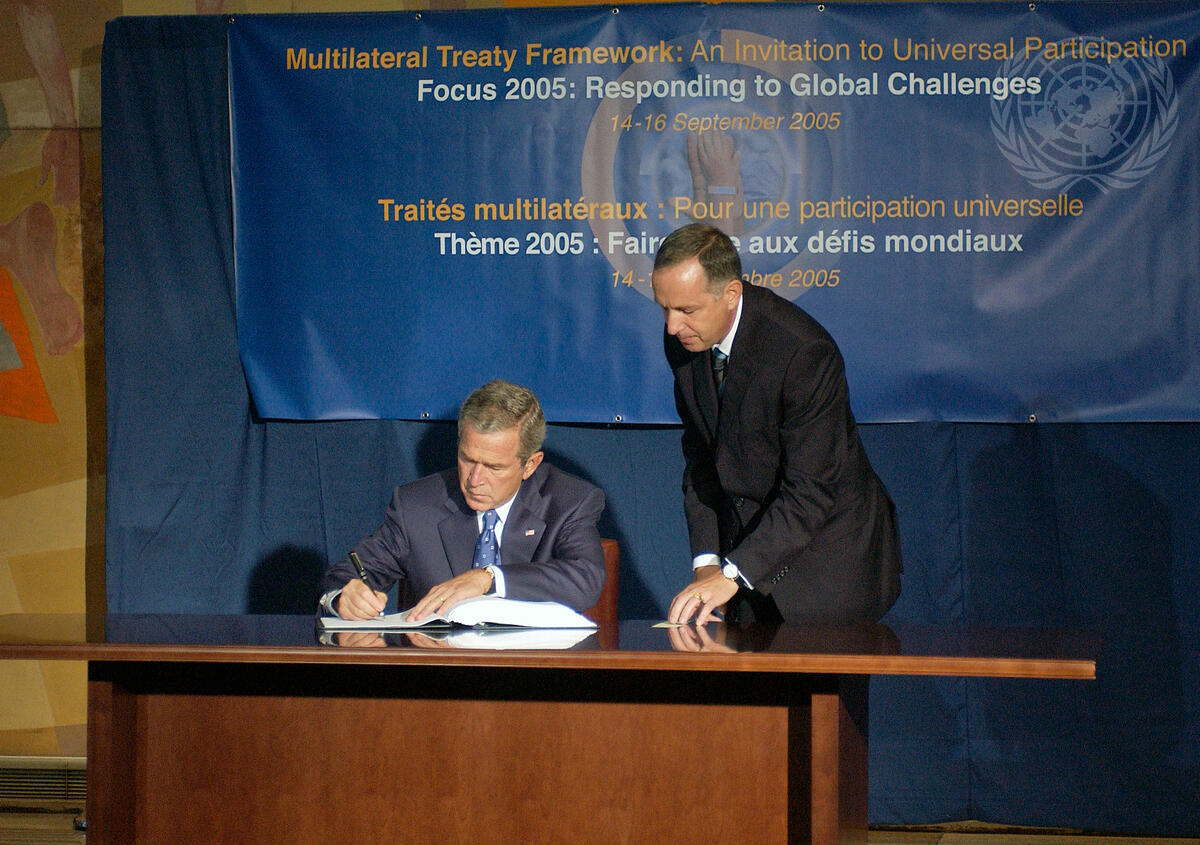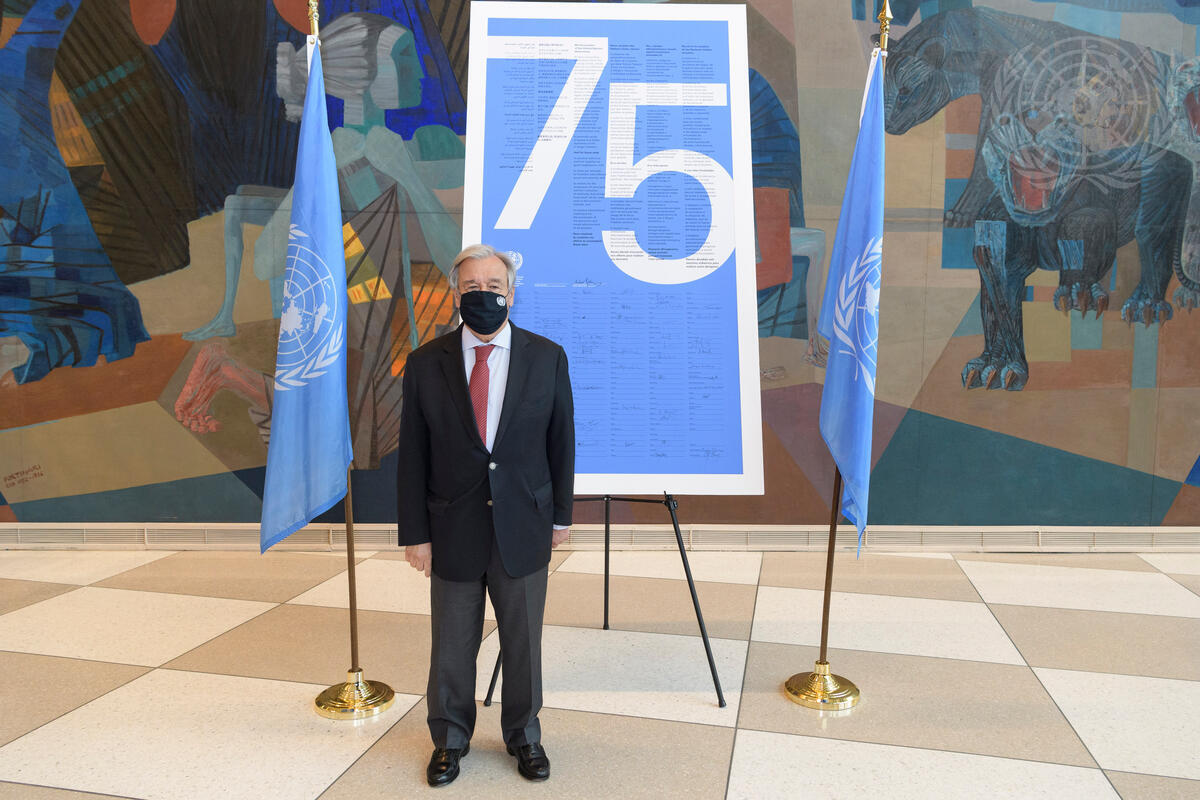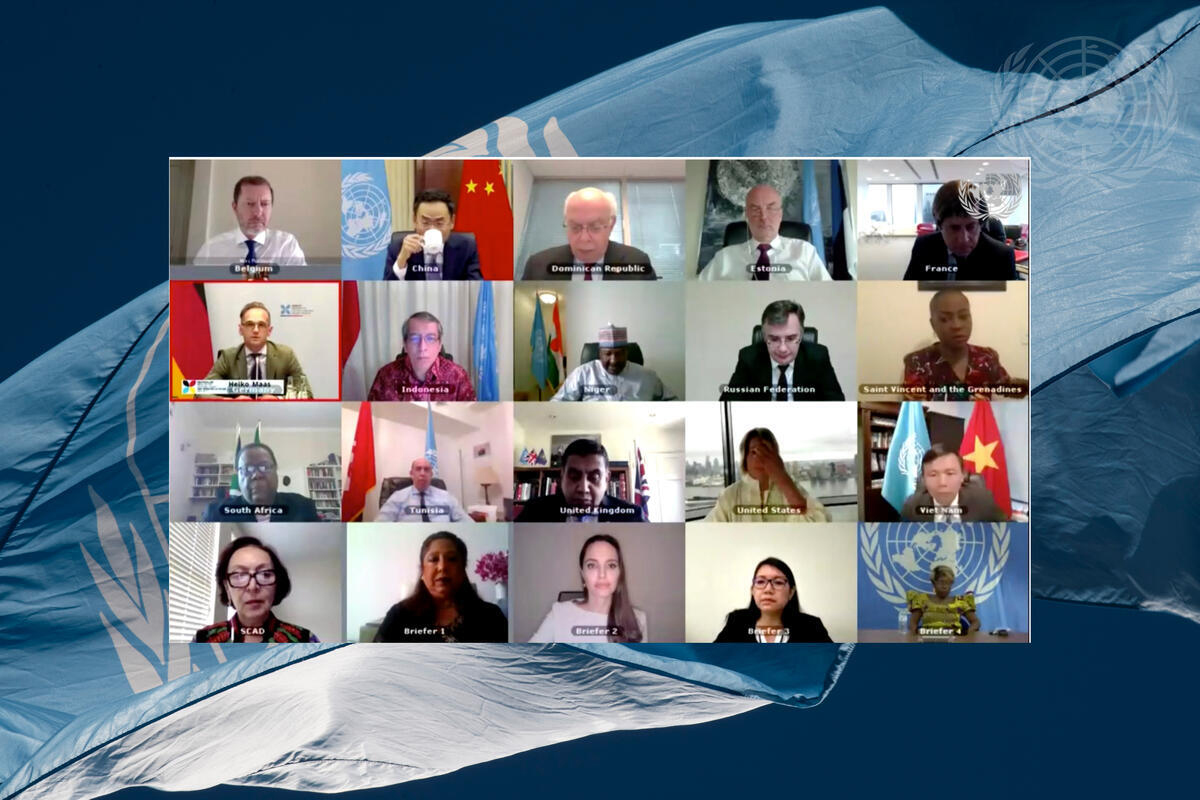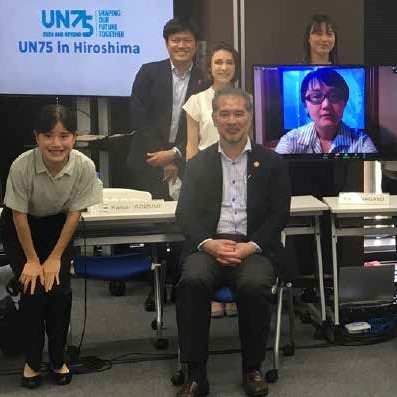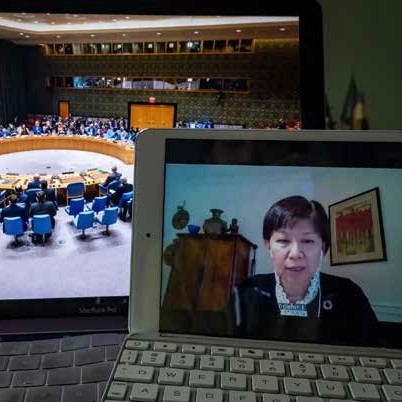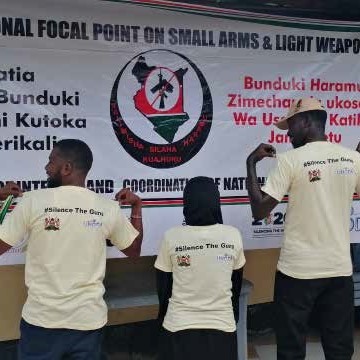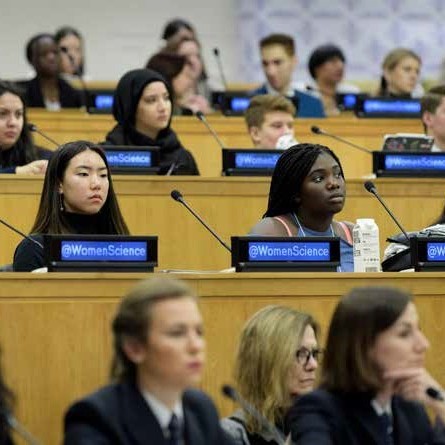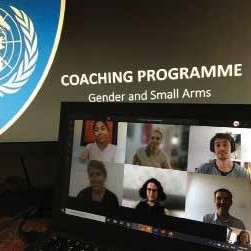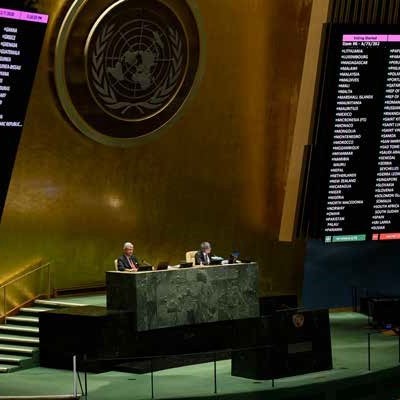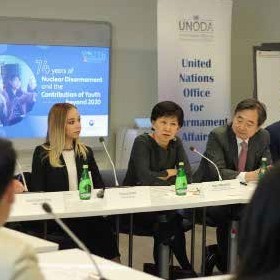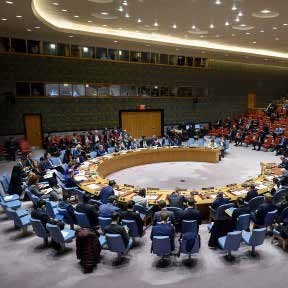It is my pleasure to introduce Part II of the 2020 United Nations Disarmament Yearbook. Now in its forty-fifth consecutive year of publication, the Yearbook continues to be the pre-eminent source of objective information for diplomats, civil society advocates and members of the public on each year’s developments in the field of multilateral disarmament, non-proliferation and arms control.
In 2020, the COVID-19 pandemic disrupted and challenged institutions of governance at every level, arriving as the world was preparing to commemorate, among many other pivotal milestones, the seventy-fifth anniversary of the atomic bombings of Hiroshima and Nagasaki. When the escalating public health crisis forced States to postpone the tenth Review Conference of the Treaty on the Non-Proliferation of Nuclear Weapons in late March—just weeks before it was scheduled to begin—the lost opportunity was perhaps felt most keenly by the scores of atomic-bomb survivors who could no longer appear in person to plea, on behalf of humanity, for progress towards a nuclear-weapon-free world.
The impact of COVID-19 on our field was far broader, however, extending beyond the work of intergovernmental forums to reshape the harms that weapons cause in conflicts and homes. Illicit arms networks thrived as societies faced widespread unemployment and unrest, and firearms fuelled part of a devastating surge in gender-based, domestic violence. The Secretary-General pressed for a global ceasefire to support the international pandemic response; yet, despite his call receiving the unanimous support of the Security Council, fighting persisted around the world, and global military spending continued to climb.


